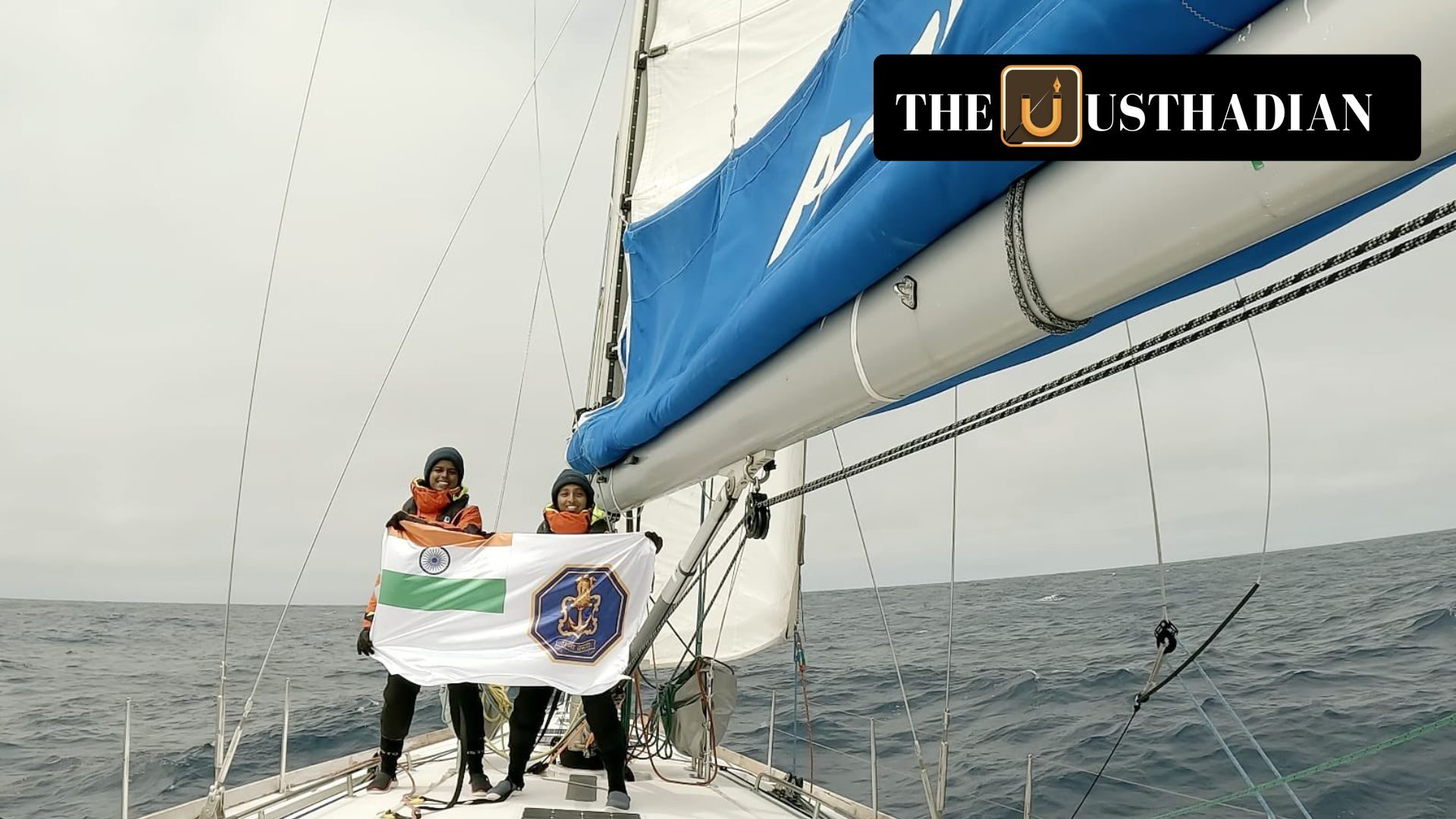Navigating into the Unknown: A Trailblazing Voyage
Indian Navy Women Conquer Point Nemo: A Historic Maritime Milestone: In a momentous achievement for Indian maritime history, Lieutenant Commanders Dilna K. and Roopa A. of the Indian Navy became the first Indian women officers to sail past Point Nemo—the most isolated spot in the world’s oceans. As part of the Navika Sagar Parikrama-II mission aboard INSV Tarini, the duo ventured into a location where the closest humans are likely to be astronauts orbiting Earth, not other sailors. Their journey stands as a powerful testament to resilience, female empowerment, and India’s expanding maritime ambitions.
Why Point Nemo Is Unique
Located in the South Pacific Ocean, Point Nemo is nearly 2,688 kilometers from the nearest landmass—making it the most distant location from any coastline on the planet. Officially termed the Oceanic Pole of Inaccessibility, this remote site gets its nickname from Captain Nemo, the iconic character in Jules Verne’s novel Twenty Thousand Leagues Under the Sea. Its isolation is so extreme that it was only reached for the first time by a Spanish research vessel, Hespérides, in 1999.
Scientific Significance of the Expedition
While it may appear as a barren part of the ocean, Point Nemo plays a critical role in scientific research. Nestled in the South Pacific Gyre, it features ultra-clear waters with minimal biological activity, making it ideal for collecting uncontaminated ocean samples. During their expedition, the Indian Navy officers conducted water sampling for the National Institute of Oceanography, supporting ongoing studies on climate change and marine biodiversity.
A Deep-Sea Space Graveyard
Beyond its scientific value, Point Nemo serves a surprising function: it is the world’s designated spacecraft graveyard. Due to its remoteness, global space agencies like NASA and Roscosmos target this region to safely deorbit outdated satellites and space stations. Over 260 spacecraft, including the MIR Space Station, have been deliberately crashed into this area, far from human settlements.
Navika Sagar Parikrama-II: India’s Oceanic Endeavour
Launched from Goa on October 2, 2024, the second Navika Sagar Parikrama expedition is India’s flagship all-women maritime mission. Covering around 23,000 nautical miles, the journey spans three oceans and reaches four continents. The expedition is broken into five legs, allowing for rest, maintenance, and replenishment. More than a voyage, it signifies India’s commitment to gender equality in defense and its growing presence in global maritime exploration.
Static GK Snapshot: Indian Ocean Expeditions & Point Nemo
| Fact | Details |
| Point Nemo Distance | 2,688 km from the nearest land |
| First Ship to Reach | Spanish vessel Hespérides in 1999 |
| Location | South Pacific Ocean, within South Pacific Gyre |
| Spacecraft Graveyard | Over 260 decommissioned objects sunk here |
| Navika Sagar Parikrama-II Start | From Goa, on October 2, 2024 |








